
Types of Acne Scars
Skin dotted with blackheads, whiteheads and pimples is defined as suffering from acne, which is an inflammation of the skin due to the over-activity of the subcutaneous sebaceous glands. Acne is painful, uncomfortable and generally unattractive. Acne can be treated, but will sometimes leave small, often permanent scars on the skin.
Acne scars are divided into 2 main types: those created by tissue forming at an increased rate and those created by the loss of tissue. The first type, also called keloid or hypertrophic scarring, is the result of large amounts of collagen forming in the scar. This is the natural reaction of skin to an injury, where the collagen forms a thick, flat scar of collagen fibres to seal off the wound. A typical keloid scar is only one or two millimeters large, while some can be as large as ten millimetres. These types of scars can last for years at a time, but tend to decrease in visibility over time. Excessive scar tissue is mostly a genetic trait shared by families.
The second type of scar is much more common. Also called 'depressed fibrotic' acne scars, they are typically quite large with very defined edges. These usually develop from what are known as ice-pick acne scars, so named due to their similar appearance to ice-pick wounds.
Soft scars are typically smaller and have more gently sloped edges to them, and are generally larger when found on other parts of the body.
Certain acne vulgaris treatment creams work by opening up the hair follicles on the skin, allowing the active ingredients to penetrate into the skin and eradicate scar tissues. The creams will also act to properly moisturise and support the skin as it heals correctly. It is important to find acne treatment creams that will fit one's skin type or sensitivities to avoid allergic reactions or infections.
Other types of acne scars include boxcar scars, which usually remain after chicken pox and are round or oval shaped, and rolling scars, which seem like waves on the skin and are caused by scar tissue being created between the epidermis and the subdermal tissue.
Treatment
Acne scar treatment is usually dependent on the kind of scar. One method of treatment that works well for ice-pick scars and other soft scars is collagen injection, which fills the skin from below and help smooth and stretch the skin around the scar, reducing the scar's appearance. There are a few other, more drastic methods, including dermabrasion, grafting of the skin or even plastic surgery, while scars can be removed with laser treatment.
The skin will take some time to heal from acne scars, although some scars will never fade. Therefore, it is more beneficial to prevent these scars from appearing in the first place. Proper skin care involving anti-bacterial face washes and perhaps special creams prescribed by a medical professional is important for keeping the skin clear of acne and for healing the skin after acne.


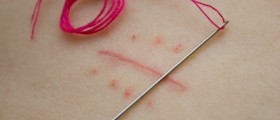
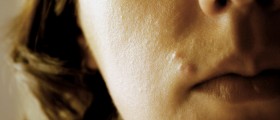


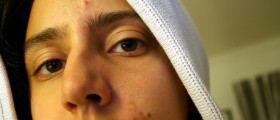




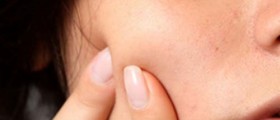



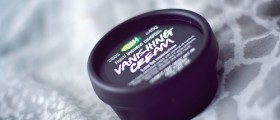
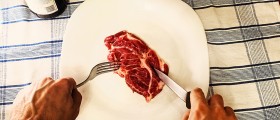
Your thoughts on this
Loading...